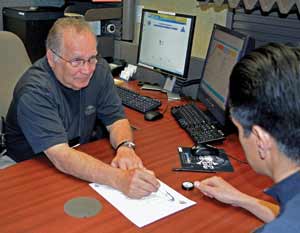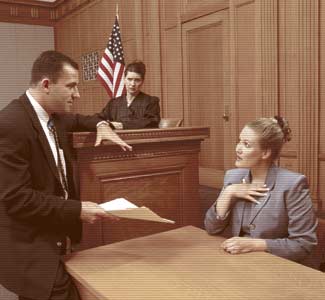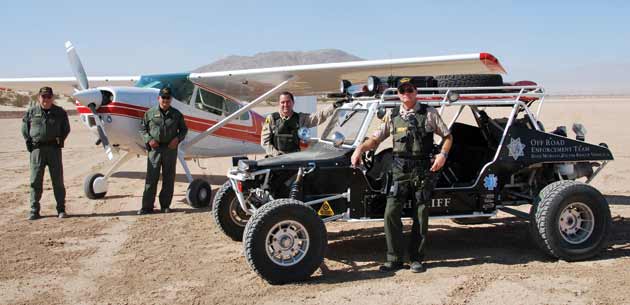
RESERVE-2
Training standards for reserve officers have certainly changed over the years. Thirty years ago, it was usually in-house, agency-specific training, and may have taken only about 40 hours. Today, as police work has become more sophisticated and with more people using their reserve time to transition to full-time paid positions, training is critical. In some states, training is still up to the local police or sheriff’s department. But in many other states, standards are mandated by a state commission, and can vary by state and the duties to be performed.
For instance, the Commission on Peace Officer Standards and Training (POST) governs reserve peace officers in California. Regulations require reserves to meet the same selection standards (personal history investigation, medical and psychological screening) as full-time officers. There are three levels of reserve officers, each level granting officers more responsibilities — with more training. Many agencies across the country have adopted this “multi-level” training protocol.
Depending on the jurisdiction in which they volunteer, a reserve could be either a designated Level I (or equivalent) with 24-hour full peace officer powers as provided by the state’s codes. However, some agencies only grant police officer authority for a specific assignment. A reserve in either assignment would be accountable for general LE duties, and would likely need to be trained to meet “full-time” officer training requirements for the state they are in. Both would generally require only standard police supervisor attention.
By Doug Sherman
>> Click Here << To Read More September 2012 Reserves















